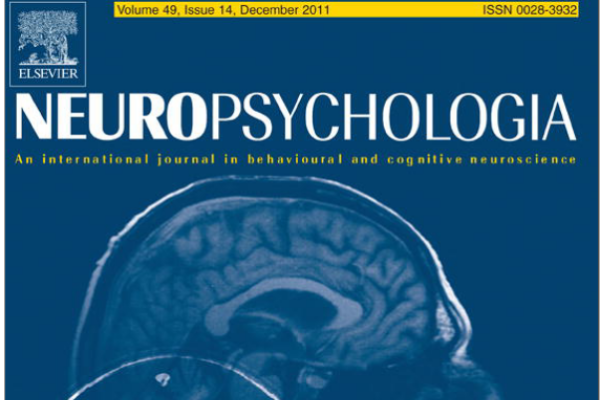2011-12-22

Callosal agenesis is a condition in which the Corpus callosum – the largest nerve fiber bundle connecting the two cerebral hemispheres – is developmentally absent due to genetic or environmental factors. Although this implies an absence of more than 180 million nerve fibers, past research revealed that the brain’s reorganization power may allow for a compensation for this malformation in certain unisensory tasks, e.g. by an increased use of other pathways such as the anterior commissure. Until now, however, potentials and limits of the brain’s plasticity have not been investigated in experimental setups which involve interactions between different sensory modalities. Therefore, a team of Biopsychologists from Hamburg and Bochum investigated five individuals with callosal agenesis in a visuotactile interaction task, the Crossmodal Congruency Task, which involves speeded tactile judgments in accompaniment of visual distractors. Results showed that interactions between vision and touch did not differ between individuals with callosal agenesis and healthy controls. This implies that the Corpus callosum is not necessary for visuotactile perception per se, and that early reorganization mechanisms may compensate for the absence of the corpus callosum.

Callosal agenesis is a condition in which the Corpus callosum – the largest nerve fiber bundle connecting the two cerebral hemispheres – is developmentally absent due to genetic or environmental factors. Although this implies an absence of more than 180 million nerve fibers, past research revealed that the brain’s reorganization power may allow for a compensation for this malformation in certain unisensory tasks, e.g. by an increased use of other pathways such as the anterior commissure. Until now, however, potentials and limits of the brain’s plasticity have not been investigated in experimental setups which involve interactions between different sensory modalities. Therefore, a team of Biopsychologists from Hamburg and Bochum investigated five individuals with callosal agenesis in a visuotactile interaction task, the Crossmodal Congruency Task, which involves speeded tactile judgments in accompaniment of visual distractors. Results showed that interactions between vision and touch did not differ between individuals with callosal agenesis and healthy controls. This implies that the Corpus callosum is not necessary for visuotactile perception per se, and that early reorganization mechanisms may compensate for the absence of the corpus callosum.